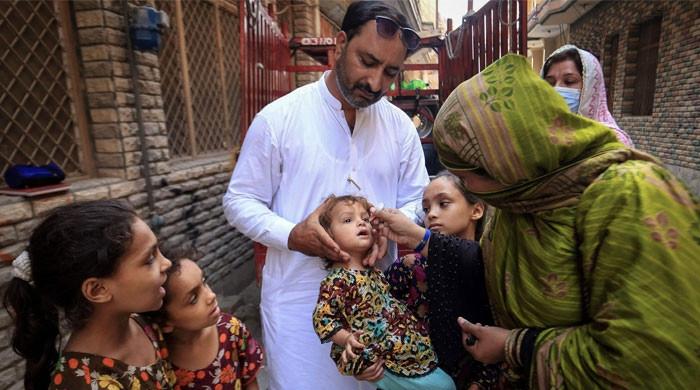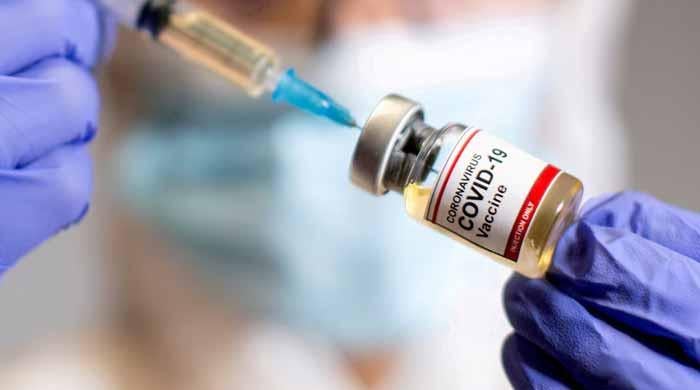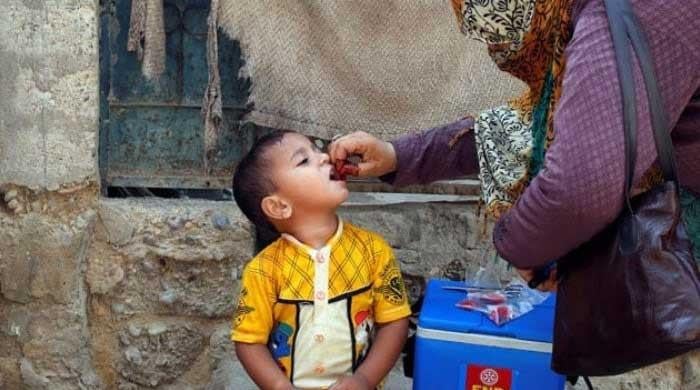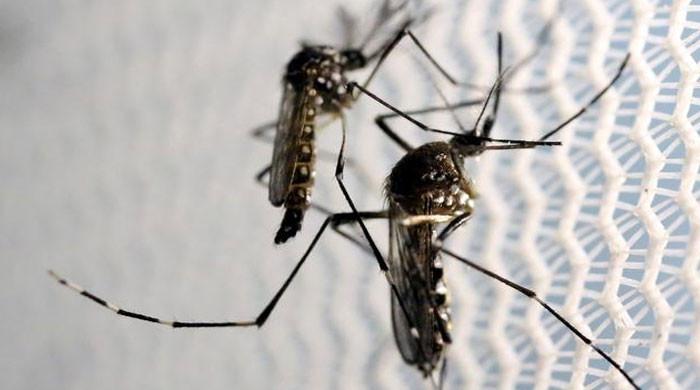Pregnancy nose isn’t the only weird change when you're expecting
Some of the changes the body goes through during pregnancy can be a tad more unconventional
March 11, 2023

There are certain changes people expect to experience when they get pregnant. Whether that’s unconventional food cravings, a “glowing” complexion or morning sickness.
But some of the changes the body goes through during pregnancy can be a tad more unconventional.
Recently, many women have taken to social media to share photos and videos of their noses before and during pregnancy. The trend, being termed “pregnancy nose”, has highlighted how some women’s noses swell and change shape during pregnancy. It’s not known how common this is as everyone’s hormone levels are different and everyone responds differently to changes in them. The change may also be more noticeable for some women.
This change is nothing to worry about and is only temporary, typically resolving six weeks after birth.
The reason it happens is due to the significant increases in hormone levels that happens during pregnancy – particularly because of the increase in oestrogen, which relaxes the blood vessels in all the body’s tissues. This allows more blood into the nose’s tissues, causing it to expand and change shape – looking larger and puffier. These hormonal changes can also cause a runny and stuffy nose (pregnancy rhinitis) and nosebleeds, which affects one in five pregnant women.
But a pregnancy nose isn’t the only peculiar change your body may go through when you’re expecting. Here are a few others:
Heart has to adjust
The heart undergoes a number of changes during pregnancy in order to accommodate the baby’s growth.
Just as the abdominal organs are squished and moved to make room for the growing foetus, the heart is pushed higher up in the chest as a result.
Not only that, the heart also develops thicker muscles and changes size during pregnancy. This is because the heart has to work a lot harder at this time — beating up to eight times more per minute compared to pre-pregnancy — in order to pump the additional volume of blood around the body and to the baby. In some cases, the amount of blood a woman circulates throughout her body doubles during pregnancy. This helps ensure there’s enough oxygen getting to the baby to support its development.
Skin — goods and bads
Most of us have heard of the pregnancy “glow”, which causes some women’s skin complexion to appear brighter. But some women experience a condition known as melasma, which causes the skin around the eyes, nose, chin and upper lip to darken. Itchy skin during pregnancy is another change some women notice.
It’s actually an extremely common condition, affecting around 75% of pregnant women – but is more typical in women with darker complexions. These changes will vary between women, and will typically disappear shortly after birth or when they stop breastfeeding.
The exact cause of melasma in pregnancy is unknown, but increases in oestrogen and progesterone are thought to be involved.
The skin surrounding the nipple (called the areola) can also become darker during pregnancy. Again, it’s not entirely certain why this happens, but it could be to help newborn babies identify the nipple for feeding.
Newborns aren’t able to fully distinguish colour – only things that are very saturated and red – and they can’t see much more than a foot from their face. They actually distinguish light and dark much better, so the contrast of the dark areola compared the light surrounding skin may help them. For most women, their areola may remain slightly darker permanently after pregnancy.
Hair growth and hair loss
For many women, their hair grows and looks healthier during pregnancy thanks to the increase in oestrogen in the body, which causes the hair follicles to remain in growth mode.
Unfortunately, these hormone changes affect all hair follicles – not just those on the head. This means that hair growth can also happen in less desirable place during pregnancy – including the upper lip, upper thighs, abdomen and back, this disappears after pregnancy.
Some women also find that they lose their hair instead during pregnancy. This process is typically caused by the shock of pregnancy on the body, causing the hairs to go into “resting” phase then shed. This usually subsides as the pregnancy progresses.
Hair loss can also happen after giving birth, due to the drop in oestrogen levels as hormones return to normal. Hair loss usually peaks around four months after birth. In most cases, hair grows back and returns to normal.
Oral health
Pregnancy can cause many changes in oral health.
Increases in oestrogen and progesterone can make the gums more susceptible to bleeding, infection and damage. In fact, approximately 70% of pregnant women experience gingivitis. Teeth are also at an increased risk of damage and cavities during pregnancy, especially if a woman has experienced morning sickness. This is because stomach acid can dissolve the protective lining on teeth.
Teeth may also feel wobbly during pregnancy. This is due to both oestrogen levels, alongside increases in a hormone called relaxin. It causes all ligaments in the body to become more flexible during pregnancy in order to aid in childbirth. But while this is useful in some parts of the body (such as the pelvis), relaxin also affects the ligament anchoring each individual tooth in place, causing teeth to feel loose.
In some rare cases, tooth loss can happen. It isn’t clear exactly how many pregnant women experience tooth loss. What is clear is that it’s more likely to happen to women who have been pregnant multiple times, and women who come from lower socioeconomic backgrounds. Typically, if a woman loses any teeth during pregnancy it’s due to years of poor oral health — not just the changes that happen to oral health during pregnancy.
While some of the changes you’ll experience during pregnancy are less than ideal, they’re all designed to ensure the baby develops properly in the womb. And luckily, most of these changes are only temporary — disappearing shortly after birth.









